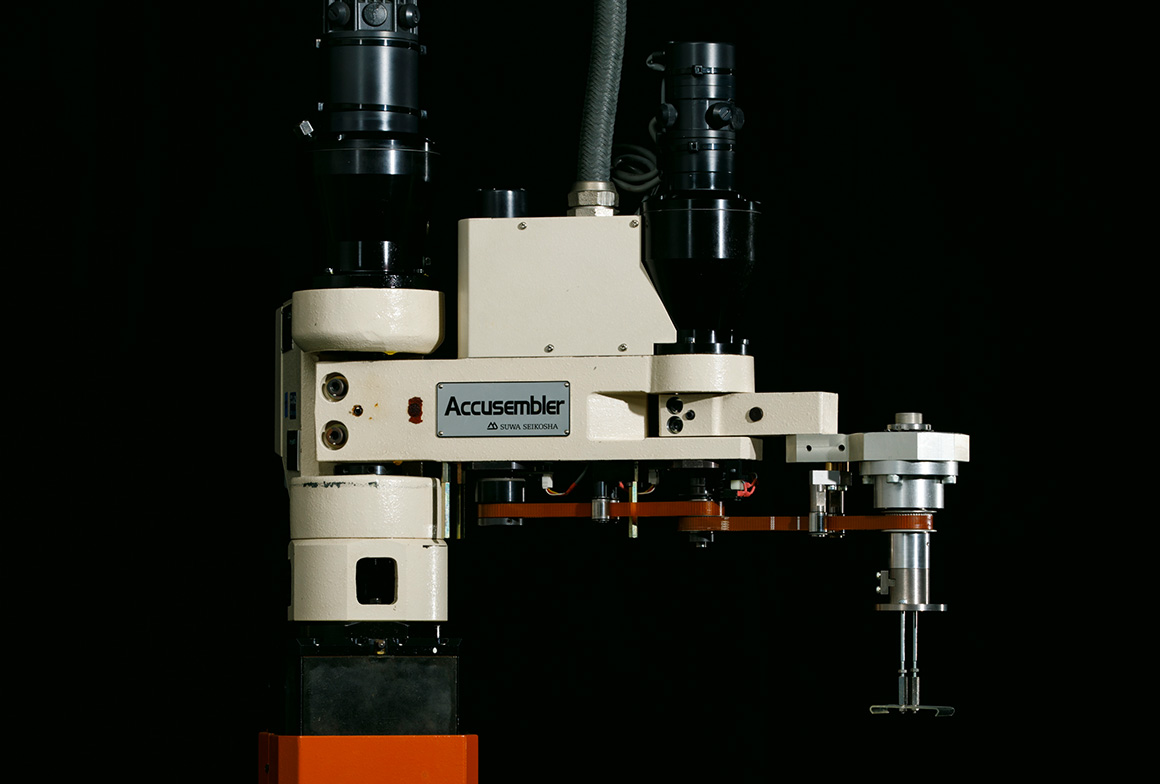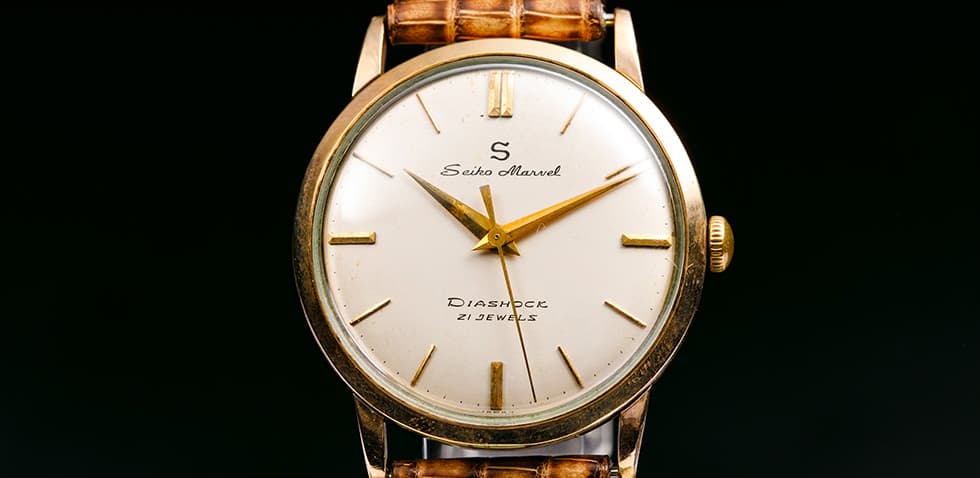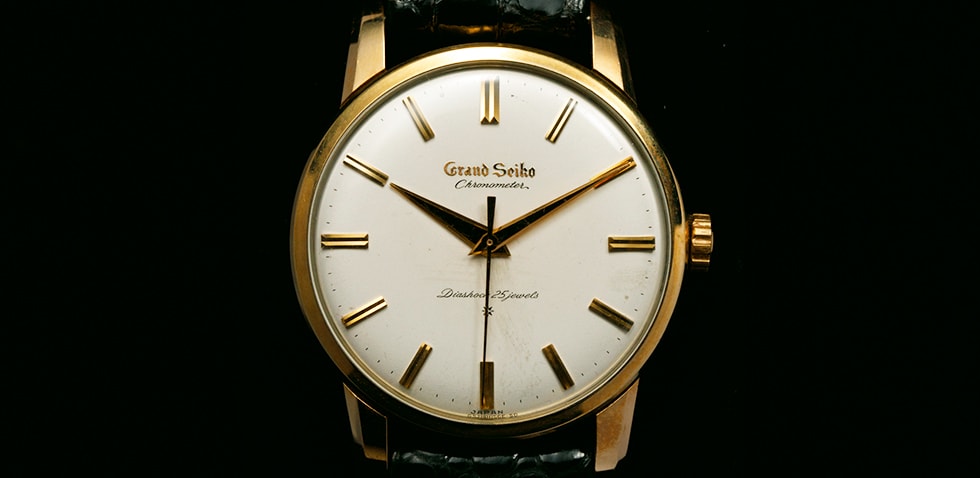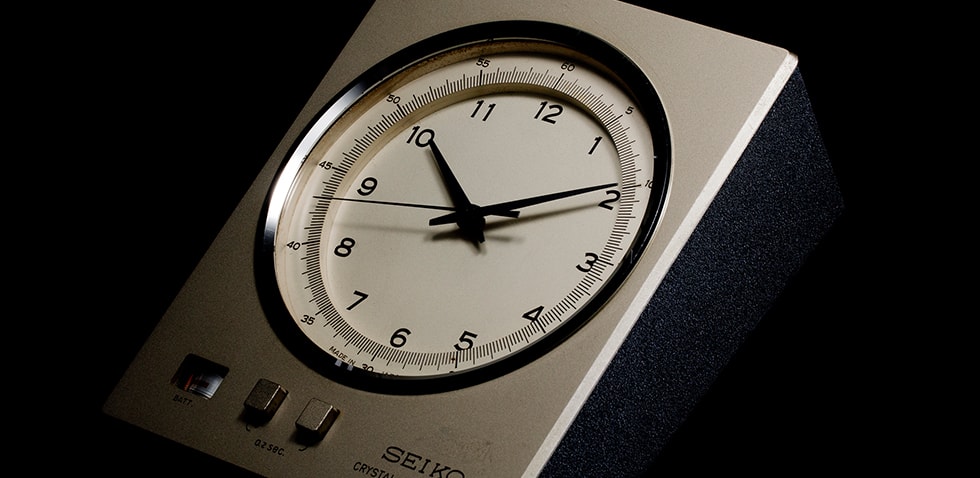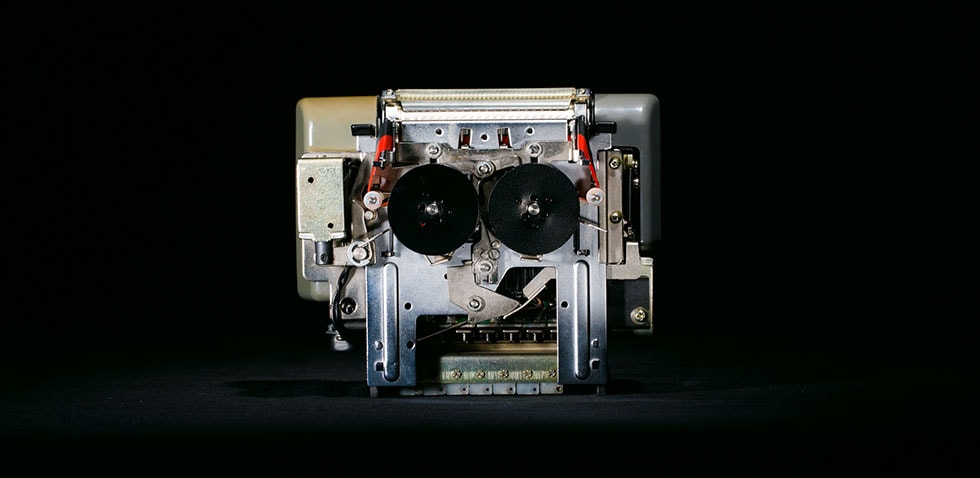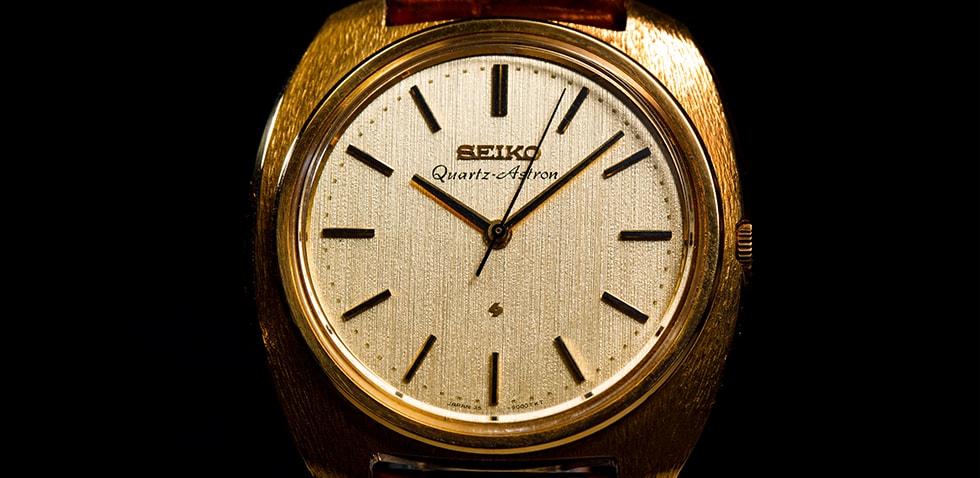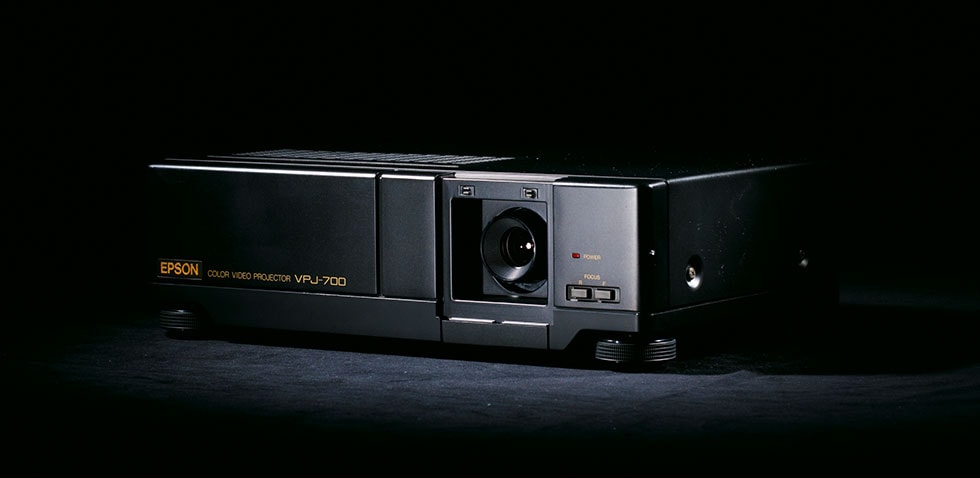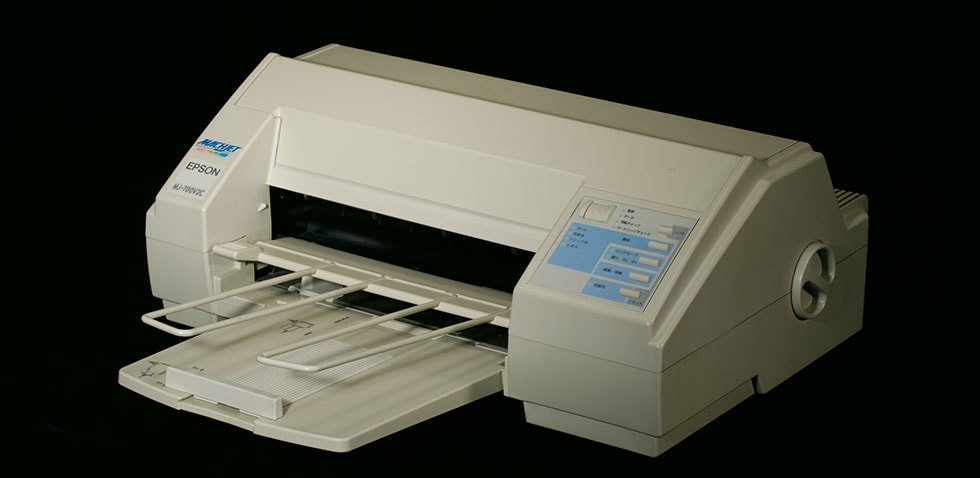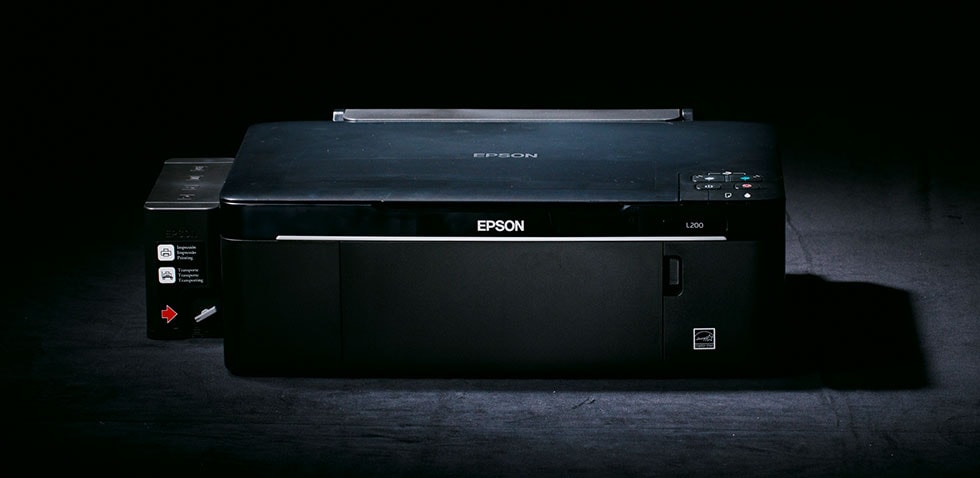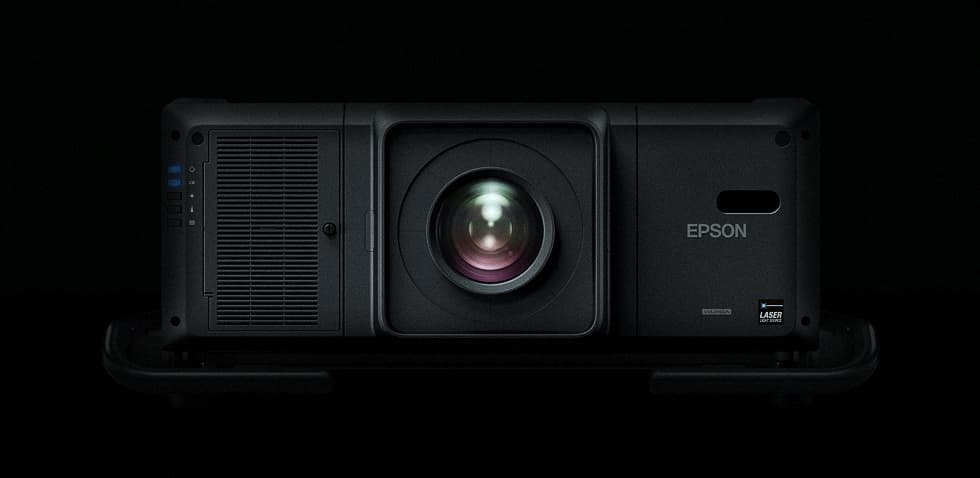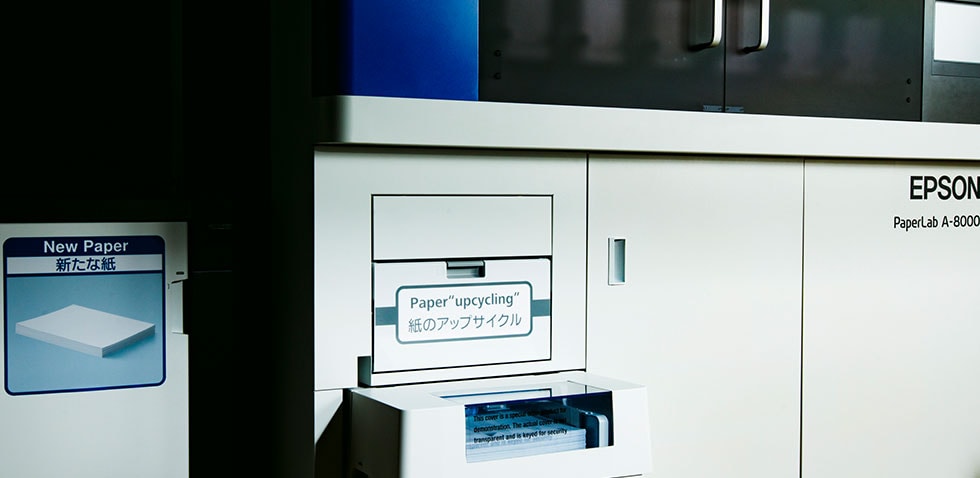EPSON EXCEED YOUR VISION


We provided the world with accurate time.
It was 1959 when our most important project began.
Project 59A would redefine horology, from mechanical watches to new technologies.
The goal: create the next generation of highly accurate watches to change sporting
competitions and lead to the world's first quartz watch. This also led to our
compact, efficient, and precision technologies. A mindset that we still maintain today.
It all started with a dream to change the world. We competed in the international
watch competition held in Switzerland, the apex of mechanical watchmaking. Our
first attempt in the wristwatch division was a failure, but it drove us to go forward.
Later, thanks to the tireless effort of employees, we achieved more accurate
timepieces and garnered some of the world's top awards.
For us, it's not about awards. It's about delivering accurate time to people around
the world. So, we made our quartz technology, the fruit of our quest for compact,
efficient, and precision technologies, available to the world. Now this patented
technology spans the globe and gives everyone more accurate time. We believe
time belongs to no one; we all have a right to it. Many years have passed since then,
but our quest for compact, efficient, and precise technology continues.
It was 1959 when our most important project began. Project 59A would redefine horology, from mechanical watches to new technologies. The goal: create the next generation of highly accurate watches to change sporting competitions and lead to the world's first quartz watch. This also led to our compact, efficient, and precision technologies. A mindset that we still maintain today.

It all started with a dream to change the world. We competed in the international watch competition held in Switzerland, the apex of mechanical watchmaking. Our first attempt in the wristwatch division was a failure, but it drove us to go forward. Later, thanks to the tireless effort of employees, we achieved more accurate timepieces and garnered some of the world's top awards.

For us, it's not about awards. It's about delivering accurate time to people around the world. So, we made our quartz technology, the fruit of our quest for compact, efficient, and precision technologies, available to the world. Now this patented technology spans the globe and gives everyone more accurate time. We believe time belongs to no one; we all have a right to it. Many years have passed since then, but our quest for compact, efficient, and precise technology continues.
Article
Comprehensivewatchmaking.
The challenge to become
the best
demands
accuracy.
The answer to this
challenge was efficient,
compact, and precision
technologies.
The thinking behind Efficient,
Compact, and
Precision Technologies.
The company's mindset has always been to create and manufacture products with technology that saves energy, time, effort, and space.
Watches in the mid-20th century required more power, were larger, and less accurate than the watches of today. The goal was to make them smaller, more accurate, and more efficient.
As a result, Seiko watches deliver convenience and make life more colorful. Epson employees strive to master efficient, compact, and precision technologies, bringing these qualities to products and the world.
After 1945, Daiwa Kogyo and the Suwa Plant of Daini Seikosha - which merged into Suwa Seikosha in 1959 - began full-scale production of wristwatches. In 1959, thanks to some excellent engineers, the company developed Japan's first originally designed wristwatch, the Marvel. The Japanese considered it an amazing feat for its accuracy and quality, and the Marvel dominated the first five places in Japan's Ministry of International Trade and Industry's Quality Comparison Testing Board for the Assessment of Domestic Timepieces.
By 1958, the company dominated the first nine places in the Quality Comparison Testing Board for the Assessment of International Timepieces. However, never content with the status quo, Seiko Epson sought to become the top in the world.
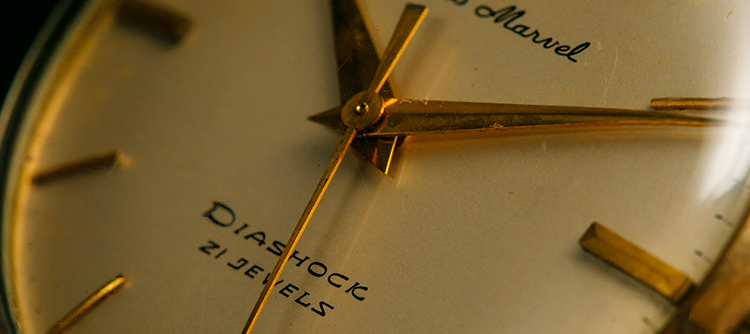
Project 59A and the birth of
the world's first quartz wristwatch.
This event marked the beginning of efficient, compact, and precision technologies. Project 59A (its internal designation) would become the watch to change watchmaking.
The name refers to the year 1959, and “A” marks the project's importance. It kicked off with three proposals: an electronic tuning fork watch, an area where another company already had the lead, a watch with an electric balance wheel, and a quartz timer, which was about the size of a locker at the time.
The first two proposals had critical weaknesses, so efforts went into the quartz timer, which would alter the course of horology. The first quartz timepieces we developed were still the size of table clocks, but the company began entering timepieces in the Neuchâtel Chronometer Competition in Switzerland, which determines the benchmark for timepieces. While repeatedly striving to reduce size and improve accuracy, the company began taking awards for the marine chronometer and board categories, showing the world a new level of standards. While refining technology through the Observatory Chronometer Competition, the company further reduced size and power efficiency through practical applications such as the Antarctic observation team and the Shinkansen bullet train. By 1969, ten years after the 59A project, Seiko introduced the world's first quartz wristwatch, the Seiko Quartz Astron 35SQ.
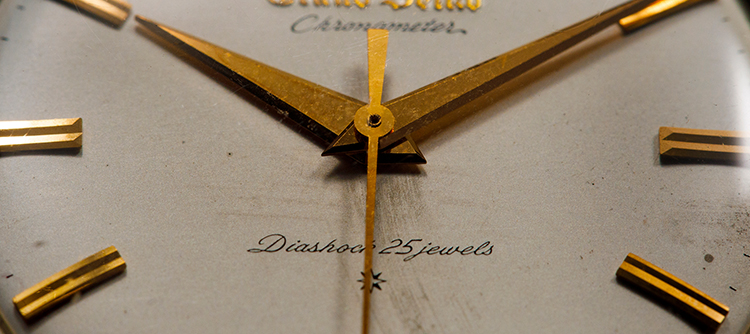
Manufacturing automation and
expansion, leading to
mass-production on a global scale.
Turning attention to manufacturing for a moment, Seiko Epson streamlined design, division of labor (Belt-Line), and automated assembly in the mid-1960s, as high precision requires high coordination. The origin of our current manufacturing solutions - or robotics - is an automated technology. In 1983, the company began external sales of the precision assembly robots, and by 2009, work had expanded. Later came the Compact 6-Axis Robots, offering optimal performance for precision assembly of small parts.
As automation evolved in watchmaking, Seiko Epson became a global leader in wristwatch production.
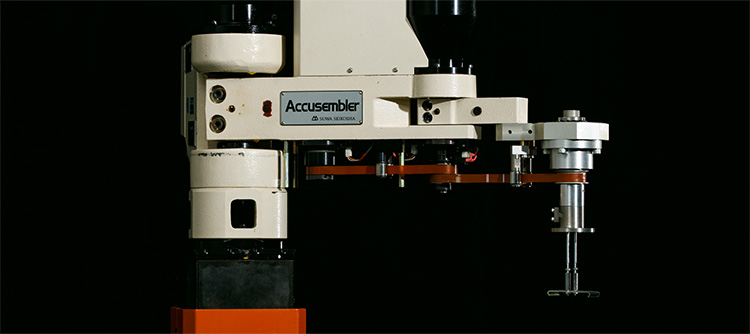
Technology exists to
serve everyone, not a select few
The company not only continued to develop quartz watch technology but also pursued the advances in accuracy in mechanical watches, rivaling some big names in the Neuchâtel Chronometer Competition. In 1964, Seiko entered its first mechanical watch, placing poorly at 144th.
However, that poor result inspired improvement, and in 1968 at the Geneva Observatory Chronometer Competition, Seiko dominated the top slots in the mechanical wristwatch category. This effort verified our precision technology. Among the winners was Kyoko Nakayama, the first woman to hold the title of Contemporary Master Craftsperson and the first woman in the competition's long history to enter and win the regulateur's prize.
High-precision competitions are like F1 races and are distinct from commercial products. To make better products available to more people, the technology and skills used to develop watches came to life in the Grand Seiko brand.
We didn't reserve its technology to develop compact, efficient, and accurate watches for a select few. Instead, we made the technology available so that everyone could enjoy world-quality, accurate watches. The result was quartz wristwatches, a technology developed in Japan, spread around the world, putting accurate time on the wrists of the global population.
Today, Seiko Epson remains steadfast in the belief that technology alone doesn't solve problems; the mindset of employees does.
Compact, efficient, and precision technologies reduce environmental impacts, and this corporate stance has broadened to provide confidence and hope to not only employees but also to communities around the world.

Index
-
Chapter 1 Suwa, where it began. Read More

-
Chapter 2 At Seiko Epson,we dedicate ourselves
to contributing to the environment
while manufacturingour products. Read More
- Chapter 3 More accurate time.

-
Chapter 4 If it doesn't exist, we'll make it. Read More

-
Chapter 5 The Spirit of Creativity
and Challenge Lives On. Read More


